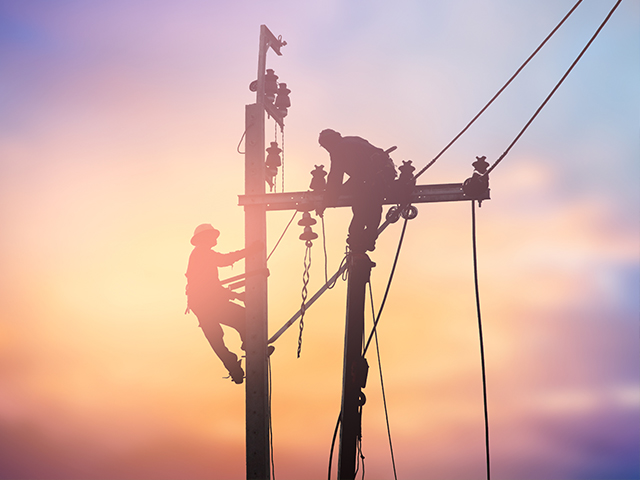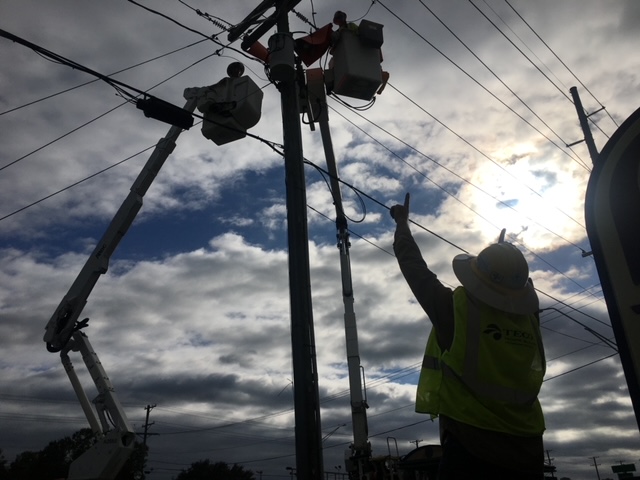The Role of Electric Utilities

As the world continues to grapple with the urgent need to address climate change and transition towards sustainable energy sources, the role of electric utilities has taken center stage. Electric utilities, often considered the backbone of our modern energy systems, are undergoing a transformative journey to adapt to a rapidly changing energy landscape. In this blog post, we’ll delve into the essential role electric utilities play in the context of sustainability, the challenges they face, and the innovative solutions that are driving this vital transformation.
The Evolution of Electric Utilities
Electric utilities have come a long way since their inception when they were primarily focused on generating and distributing electricity to meet the growing demands of industries and households. However, the rise of environmental concerns, the depletion of fossil fuels, and the advancements in renewable energy technologies have pushed these utilities to reimagine their role.
Integration of Renewable Energy
In the pursuit of sustainability, electric utilities are now actively incorporating renewable energy sources such as solar, wind, hydroelectric, and geothermal power into their energy mix. This shift not only reduces greenhouse gas emissions but also diversifies the energy portfolio, enhancing resilience and reliability. By investing in renewable energy infrastructure, utilities are contributing to a cleaner energy grid that benefits both the environment and consumers.
Smart Grid Implementation
The advent of smart grid technology has empowered utilities to optimize energy distribution, monitor consumption patterns, and respond to fluctuations in real-time. This level of control enables them to efficiently manage energy supply and demand, minimizing waste and reducing the need for excess capacity. Smart grids also allow consumers to actively participate in energy management through demand response programs, empowering them to make sustainable choices.
Challenges on the Path to Sustainability
While the transition to a sustainable energy landscape is promising, electric utilities face significant challenges that require careful consideration and innovative solutions.
Grid Modernization
The integration of renewable sources presents challenges in terms of grid stability and reliability. Unlike conventional power plants, renewable generation is often intermittent and location-dependent. Electric utilities must invest in grid modernization to accommodate these fluctuations seamlessly. This might involve energy storage solutions like batteries and demand management strategies to balance supply and demand effectively.
Regulatory Hurdles
The regulatory framework that governs utilities was designed for a different era of energy production and consumption. Adapting these regulations to incentivize sustainable practices and accommodate distributed energy resources can be complex. Policymakers and utilities must collaborate to create a supportive environment that encourages innovation while maintaining affordable and reliable energy services.
Innovations Shaping the Future
Overcoming these challenges requires innovative approaches that capitalize on technology and collaboration. Several key innovations are driving the transformation of electric utilities in the sustainable energy landscape.

Energy Storage Solutions
Energy storage technologies, such as advanced batteries and pumped hydro storage, are pivotal in ensuring a consistent energy supply from intermittent renewable sources. These solutions enable utilities to store excess energy during periods of high production and release it when demand is high. This not only stabilizes the grid but also enhances energy resilience during natural disasters or outages.
Decentralized Energy Systems
The concept of localized energy generation through microgrids and community solar projects is gaining traction. Decentralization reduces transmission losses, enhances grid resilience, and promotes community engagement. Electric utilities are increasingly collaborating with local stakeholders to develop and implement these systems, fostering a sense of energy independence and sustainability.
Data-Driven Insights
Advanced data analytics and predictive modeling are empowering utilities to make informed decisions about energy distribution, demand patterns, and infrastructure upgrades. By analyzing vast amounts of data, utilities can identify opportunities for efficiency improvements, pinpoint maintenance needs, and optimize energy dispatch, ultimately contributing to a more sustainable and cost-effective energy system. Please click resources to get more useful tips and information about the role of electric utilities.
Conclusion
The role of electric utilities in a sustainable energy landscape is multi-faceted and dynamic. As the world races to combat climate change, these utilities are at the forefront of reshaping the energy sector. Through the integration of renewable sources, the implementation of smart grid technologies, and the adoption of innovative solutions like energy storage and decentralized systems, electric utilities are driving the transition towards a cleaner, more resilient energy future. However, challenges related to grid modernization and regulatory frameworks must be addressed collaboratively to ensure a seamless and successful transformation. By understanding the evolving role of electric utilities, we can better appreciate their contributions to a more sustainable world.

